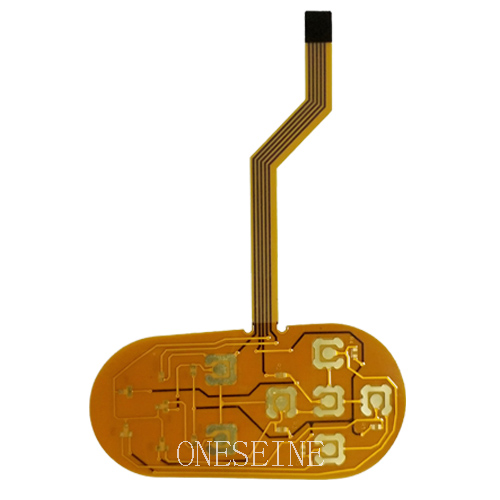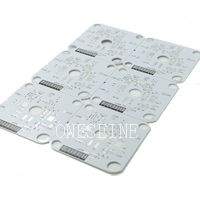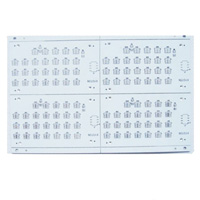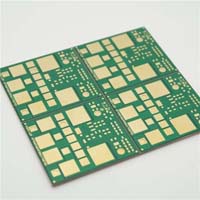Printed Circuit Boards
Single-sided FPC circuit board quick turn flex circuits
- cheap flexible pcb
- quick turn flex circuits
- 1L flex pcb
- single fpc
- Product description: jlcpcb flexible flexible pcb substrate flexible printed board rigid flex pcb price flexible pcb quote flexible printed circuit board material multilayer flexible pcb pcb flex rigid flexible ri
Single-sided FPC circuit board quick turn flex circuits
Product category: FPC single panel
Basic parameters: application: automobile
Type: single-sided FPC circuit board
Size: 82 * 120.73mm
Minimum drilling hole: 0.2mm
Plate thickness: 0.23mm
PI reinforcement: 0.2mm
Surface treatment: ENIG 1U''
Applications of Flex PCBs:
Consumer Electronics: Smartphones, tablets, wearables, and flexible displays.
Automotive: In-vehicle infotainment systems, sensors, and lighting.
Aerospace: Satellites, aircraft instrumentation, and control systems.
Medical Devices: Flexible medical sensors, implantable devices, and diagnostic equipment.
Industrial Equipment: Robotics, automation systems, and sensors.
Military and Defense: Communication devices, radar systems, and avionics.
Flex PCB Manufacturing Process:
Substrate Preparation: The flexible material, usually polyimide or polyester, is coated with adhesive and cured.
Copper Cladding: A thin layer of copper is applied to the substrate through processes like electroplating or lamination.
Circuit Patterning: The desired circuit pattern is formed by selectively etching away the unwanted copper using photolithography or laser ablation.
Layer Bonding: In the case of multilayer flex PCBs, the individual layers are stacked together and bonded with adhesive.
Drilling and Plating: Holes for component mounting or interconnection are drilled and then plated to provide electrical connectivity between layers.
Surface Finishing: The exposed copper surfaces are coated with finishes like solder mask and protective coatings to protect against oxidation and facilitate soldering.
Component Assembly: Electronic components are mounted onto the flex PCB using surface mount technology (SMT) or through-hole technology (THT).
Testing and Inspection: The assembled flex PCBs undergo various tests and inspections to ensure functionality and quality.
Types of Flex PCBs:
Single-sided Flex PCB: Consists of a single conductive layer.
Double-sided Flex PCB: Contains conductive layers on both sides, interconnected by plated-through holes (PTHs).
Multilayer Flex PCB: Consists of three or more conductive layers with insulating layers in between.
Rigid-Flex PCB: Combines flexible and rigid sections, allowing for the integration of both flexible and rigid board
Categories
Latest News
Contact Us
Contact: Ms Tracy
Phone:
Tel:
Add: BludingA,Shixiaganglian Industrial Park,Shajing,Baoan,Shenzhen,China




 Tracy
Tracy